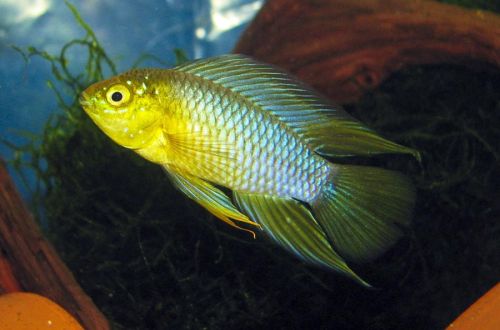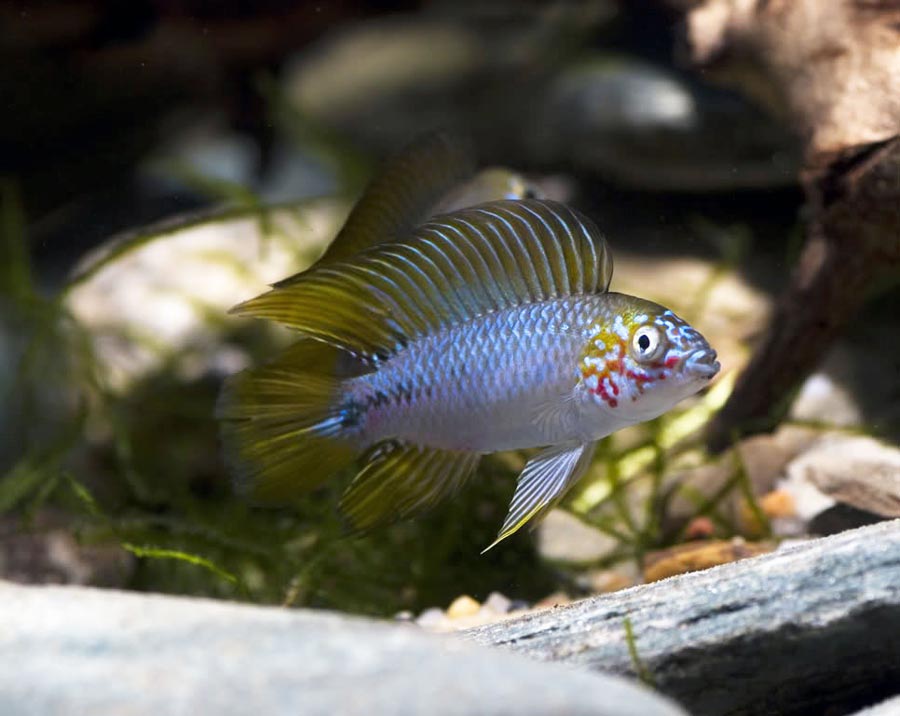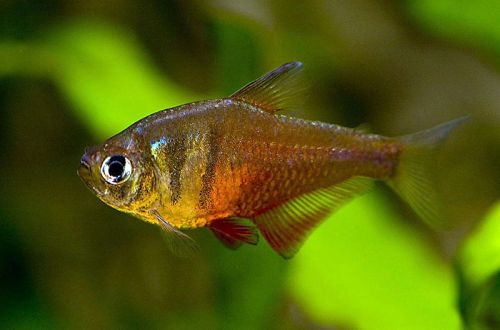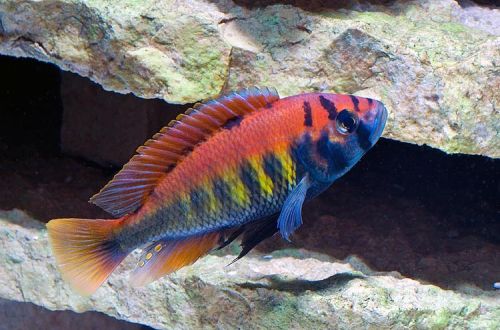
umbrella cichlid
The umbrella cichlid or Apistogramma Borella, scientific name Apistogramma borellii, belongs to the Cichlidae family. Easy to keep and unpretentious beautiful miniature fish, perfectly combined with other species. Recommended for beginner aquarists.

Contents
Habitat
They come from South America from the basins of the Parana and Paraguay rivers, flowing through the territory of northern Argentina, Paraguay and the southern states of Brazil. The fish is found not only in the rivers themselves and their tributaries, but in vast flooded areas. The characteristic habitat of this species is the Pantanal, the world’s largest wetland.
Brief information:
- The volume of the aquarium – from 40 liters.
- Temperature – 20-26°C
- Value pH — 5.0–8.0
- Water hardness – soft to hard (1-15 dGH)
- Substrate type – sandy
- Lighting – subdued
- Brackish water – no
- Water movement is weak
- The size of the fish is 5–6.5 cm.
- Nutrition – high-protein feed
- Temperament – peaceful
- Content in a group
Description

Adult individuals reach a length of 5-6 cm, have a pronounced sexual dimorphism. Males are more colorful and have elongated dorsal and anal fins, females are similar, but look more modest. Coloration varies depending on the region of origin and the breeding form. The most common fish are blue and yellow-blue.
Food
It belongs to carnivorous species, in nature it feeds on small invertebrates, crustaceans, larvae, etc. at the bottom. contains a large amount of protein.
Maintenance and care, arrangement of the aquarium
The umbrella cichlid has long been successfully bred commercially in the artificial aquarium environment, so the current generations of fish have perfectly adapted to various habitats in which wild populations could no longer survive. Thus, the successful keeping of this species is possible in any aquarium (preferably at least 40 liters) with an arbitrary design and an acceptable hydrochemical composition of the water. The latter has wide acceptable ranges – pH ranging from 5.0 to 8.0 at soft or medium hardness (dGH).
For those who seek to recreate conditions close to natural, the following can be recommended: use a sandy substrate in the design, numerous shelters in the form of snags (roots, tree branches, etc.) overgrown with mosses, ferns and other aquatic vegetation, set a subdued lighting level . The swamps of the Pantanal, where Apistogramma Borella comes from, are rich in tannins that give the water a brown tint. In an aquarium, a similar effect is obtained if you use special essences or leaves, the bark of the Indian almond tree. This tree, of course, grows on the other side of the world, but the tannins are the same everywhere, and its leaves are easy to find on sale.
Behavior and Compatibility
Peaceful calm fish, gets along well with relatives and other species of similar size and temperament. Best results are obtained when kept with South American Characins. It is worth noting that during the spawning period, the female can show aggression, protecting the fry, so it is advisable to breed in a separate tank.
Breeding / breeding
In favorable conditions and in the presence of sexually mature males and females, spawning will occur regularly. Fish lay their eggs in shelters, trying to place them in the cracks or cavities between the design elements. The female protects the clutch and then the fry for several weeks, during which time other inhabitants of the aquarium should stay away.
Fish diseases
The main cause of most diseases is unsuitable living conditions and poor-quality food. If the first symptoms are detected, you should check the water parameters and the presence of high concentrations of hazardous substances (ammonia, nitrites, nitrates, etc.), if necessary, bring the indicators back to normal and only then proceed with treatment. Read more about symptoms and treatments in the Aquarium Fish Diseases section.





